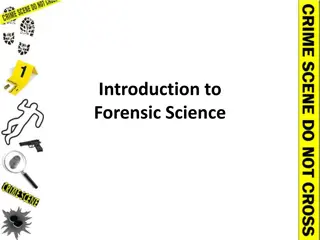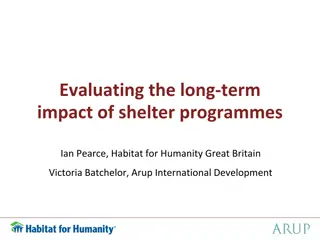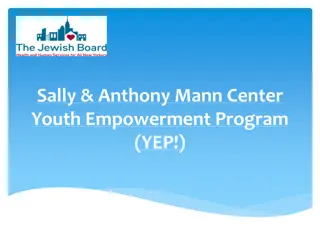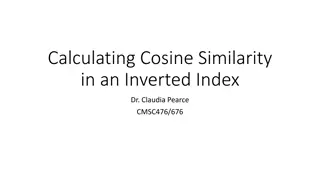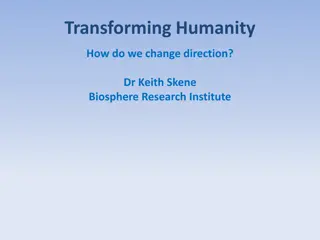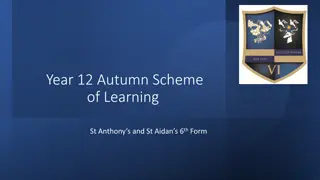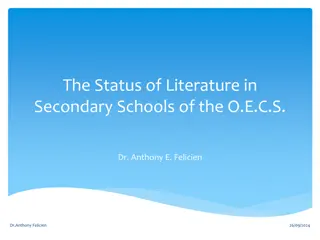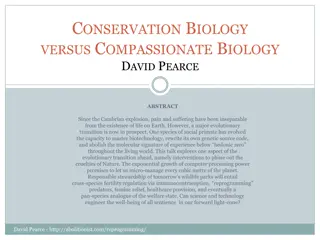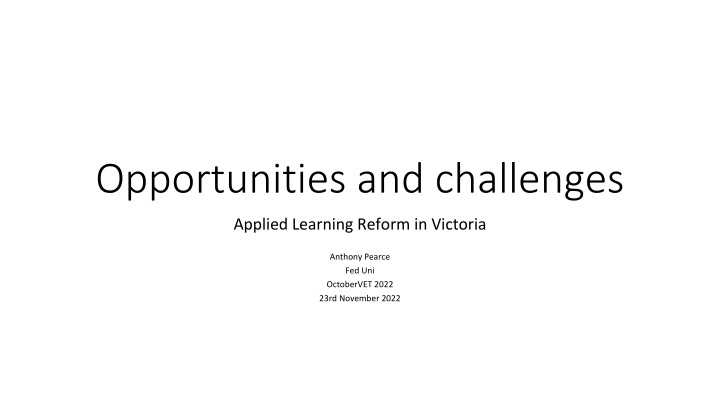
Exploring Applied Learning Reform in Victoria: Opportunities and Challenges
Uncover the evolution of applied learning in Victoria, from the Kirby Report to the VCE Vocational Major, discussing pathways like VCAL and the Victorian Pathways Certificate. Understand how secondary education is preparing students for the workforce, vocational training, and higher studies.
Download Presentation

Please find below an Image/Link to download the presentation.
The content on the website is provided AS IS for your information and personal use only. It may not be sold, licensed, or shared on other websites without obtaining consent from the author. If you encounter any issues during the download, it is possible that the publisher has removed the file from their server.
You are allowed to download the files provided on this website for personal or commercial use, subject to the condition that they are used lawfully. All files are the property of their respective owners.
The content on the website is provided AS IS for your information and personal use only. It may not be sold, licensed, or shared on other websites without obtaining consent from the author.
E N D
Presentation Transcript
Opportunities and challenges Applied Learning Reform in Victoria Anthony Pearce Fed Uni OctoberVET 2022 23rd November 2022
The purpose of secondary education Senior secondary education prepares students for initial entry into the workforce, for vocational education and training, and higher education studies (VCAA).
Applied Learning in Victoria: A short history The Kirby Report (1985)- Implications for training, education and work. Victorian Certificate of Applied Learning (2003) Firth Review (2020)- Review into vocational and applied learning pathways in senior secondary schooling Victorian Certificate of Education Vocational Major (VCE VM) and Foundation Pathways Certificate (FPC)
Applied Learning: What does it look like? SBAT, VCAL, VCE, VETiS, pre-apps (about 6000 students each year in TAFE) Part of secondary school certificates Industry Training packages Structures workplace learning On the job training
VCAL An alternative to VCE Pathways to VET 3 or 2 years There levels: Foundation (disability, reengagement, pre-VET for years 9 and 10) Intermediate Senior Strands: Literacy, Numeracy, Personal Development Skills, Work Related Skills (100 nominal hours each- 2 at each level) VET requirement (90 hours)
VCE Vocational Major All VCAL providers will deliver as of 2023 2 years Aligns with VCE study designs, sequenced 1 to 4 at level Same strands (50 nominal hours/half year units) VET requirement (180 hours) VCE subjects count Supported by PD for teachers
Victorian Pathways Certificate Replaces foundation VCAL Inclusive and flexible More accessible Delivered in the same class as the VCE VM Intended for 16-19 year olds who cannot access senior secondary education
Institutions https://www.vcaa.vic.edu.au/administration/research-and- statistics/performance-senior- secondary/Pages/2020/Section5.aspx#
Non-secondary school providers (NSSPs) TAFE and private RTOs Not for profit Community and social justice organisations
NSSPs in the Firth Review 2020 Identified a negative perception of VCAL, with specific reference to NSSPs Inconsistencies in delivery between providers Low student completion rates Inconsistencies in funding between secondary schools and NSSPs (VTA, 2020)
NSSP Enrolments 38 NSSPs in Victoria 14% of VCAL enrolments in 2019 Enrolments declined by 31% from 2014-2019 Demand varies by location Demand for applied learning is forecasted to increase (Firth, 2020, p. 270)
Students Looking for an alternative to VCE Have chosen a vocational pathway A preference for adult learning environments Often have had negative experiences in education Described as at risk (Blake and Gallagher, 2009) Disadvantaged (VTA, 2020) NSSSPs have been successful at supporting some of the most disadvantaged your people to complete senior secondary and transition into further education, truing and employment (Firth, 2020, p.115)
62% were male https://www.vcaa.vic.edu.au/administration/research-and- statistics/performance-senior-secondary/Pages/2020/
Challenge Attracting genders other than males to VET Provide student supports equal to secondary schools Defining success for students Opportunity A more diverse cohort Recognised pathways Strengthen the role of applied learning in NSSPs
Challenges Funding for secondary school students in TAFE and equality with other sectors Defining success for students in NSSPs Fitting VCE VM and VPC into current RTO processes TAFEs Identifying as VCE providers Attracting genders other than males to VET
Opportunities Increasing enrolment in applied learning at NSSPs Institutions re-inventing their applied learning programs VCE VM puts the onus on teachers and reduces assessment requirements Legitimising applied learning pedagogy: not just for re-engagement Enable VET Pathways Research opportunities in applied learning A shift in student diversity
References Blake, D., & Gallagher, D. (2009). Examining the Development of the Victorian Certificate of Applied Learning and Its Implications for Schools and Teacher Education in Australia. Journal of Applied Learning in Higher Education, 1, 49-71. Firth, J. (2020). Review into vocational and applied learning pathways in senior secondary schooling: final report. Victorian Government, Melbourne. Victorian Registrations and Qualifications Authority (VRQA). www.vrqa.vic.gov.au Victorian Curriculum and Assessment Authority (VCAA). www.vca.vic.edu.au Victorian TAFE Association (VTA). (May, 2020). [Response to the review into vocational and applied learning pathways in


